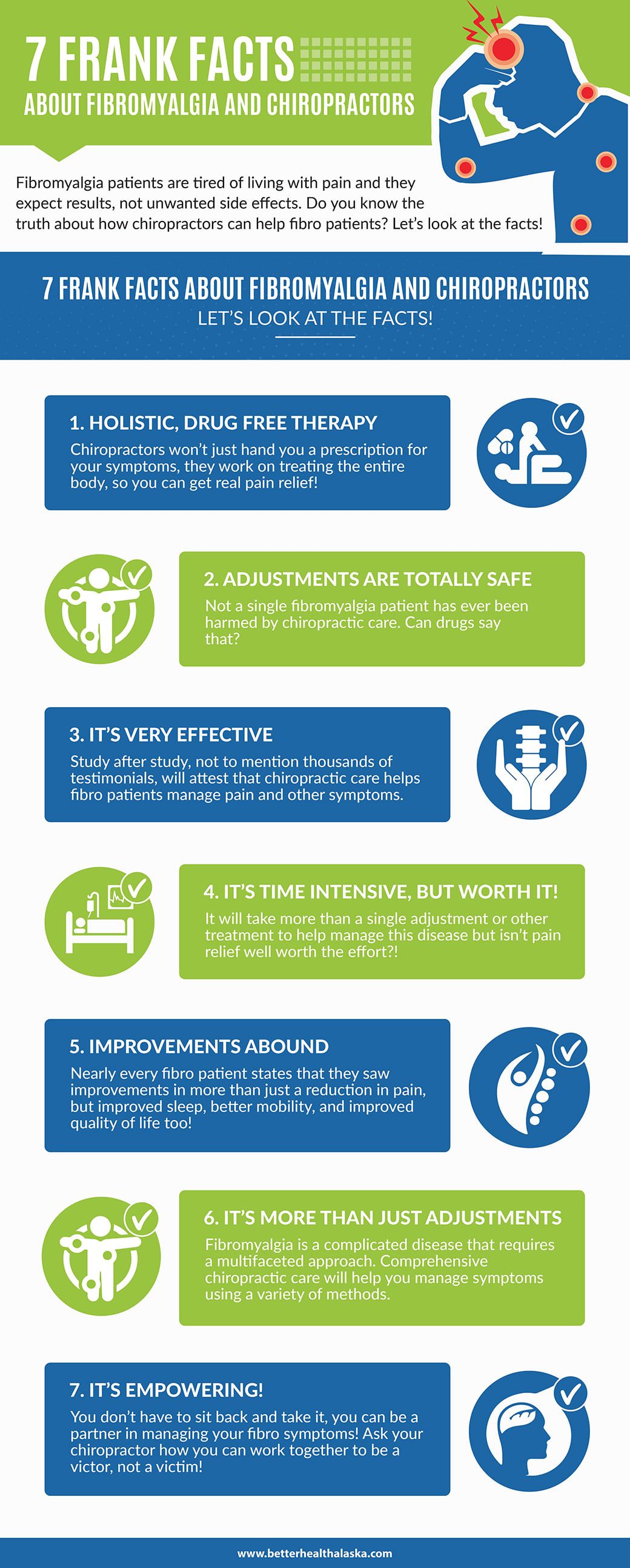Comparing Acupuncture To Various Other Discomfort Monitoring Techniques
Comparing Acupuncture To Various Other Discomfort Monitoring Techniques
Blog Article
Authored By-Dowling Jessen
When you consider pain management choices, you might find yourself evaluating the pros and cons of various methods, consisting of acupuncture, non-prescription medications, and physical therapy. While numerous strategies offer alleviation, they often include their own set of obstacles, like negative effects or prolonged treatment times. Acupuncture stands out for its special ability to advertise self-regulation with fewer threats. Yet exactly how does its effectiveness contrast to even more conventional techniques? The nuances of these strategies can substantially influence your selections, and exploring them better might result in shocking understandings.
Introduction of Pain Management Techniques
When it comes to taking care of discomfort, you have a range of methods available. These approaches can range from typical techniques to much more alternative therapies. Comprehending your alternatives is important in locating what works best for you.
One typical method is over the counter medications like advil or acetaminophen, which can provide fast relief for mild to modest discomfort. Prescription medications, consisting of opioids, might be required for much more severe discomfort, though they come with dangers of reliance and side effects.
Physical therapy is another reliable method, concentrating on workouts and stretches to reinforce muscle mass and improve mobility. This approach commonly assists in handling persistent discomfort conditions.
Additionally, some people turn to more alternative options, such as massage therapy, which can relieve stress and boost circulation.
Mind-body methods, like mindfulness reflection or yoga, help you take care of discomfort by minimizing tension and improving your mental strength.
Last but not least, way of living modifications, such as maintaining a healthy and balanced diet regimen and regular exercise, can play an essential duty in general discomfort monitoring. Each technique has its benefits and drawbacks, so it's necessary to discover what suits your demands and preferences best.
Benefits of Acupuncture
Acupuncture offers an one-of-a-kind approach to pain monitoring that sticks out amongst various methods. By targeting specific points on your body, it promotes the circulation of energy, or "qi," advertising all-natural healing and decreasing pain.
One of the biggest benefits is its very little negative effects. Unlike some medications, which can bring about dependence or unwanted health problems, acupuncture is an all natural treatment that encourages your body's self-regulation.
You'll likely discover that acupuncture sessions can aid alleviate chronic discomfort, headaches, and even stress and anxiety. Many people experience a sense of leisure and wellness during and after treatment, which can enhance general lifestyle.
And also, it's a versatile choice; it can be utilized together with other treatments, making it a great complement to your existing discomfort management plan.
Another substantial advantage is that acupuncture can be tailored to your details demands. Your professional will certainly examine your condition and develop a tailored therapy strategy, ensuring you get the care that ideal supports your recovery.
With its old roots and growing approval in modern-day medication, acupuncture stands out as a compelling choice for pain relief.
Comparing Efficiency and Outcomes
Discomfort management techniques differ extensively in their effectiveness and end results, making it critical to understand how they compare to one another. When considering choices like acupuncture, physical therapy, and medicine, you'll discover distinct differences in exactly how each technique addresses pain.
Acupuncture, as an example, frequently supplies relief for chronic discomfort conditions, with studies showing substantial renovations suffering degrees for many patients.
In contrast, drugs like opioids can efficiently handle acute pain yet lug risks of dependency and adverse effects.
Physical therapy focuses on rehabilitation and may take longer to reveal results, which can be frustrating if you need prompt alleviation.
When examining these strategies, consider your certain discomfort kind and your personal health and wellness objectives. Some individuals locate that a mix of approaches works finest for them.
As an example, you might take advantage of acupuncture sessions alongside physical treatment to make best use of healing.
Eventually, understanding the performance and results of each technique will aid you make informed decisions concerning your discomfort administration technique, permitting you to choose the strategy that ideal fits your demands and lifestyle.
Final thought
In recap, acupuncture sticks out as a valuable option to traditional pain management methods. check out here offers fast relief and cultivates self-regulation without the threats of reliance related to medications. While physical therapy could demand even more time for outcomes, acupuncture can offer prompt benefits, making it an attractive option for those seeking relief from persistent pain and stress and anxiety. By including acupuncture into your discomfort administration plan, you can improve your overall health and recover control over your health.
